Introduction
Short-period seismometers are emerging as a critical innovation in seismology, enabling large-scale, ultra-dense array studies. Renowned for their portability, cost-effectiveness, and efficiency, these nodal seismometers provide enhanced capabilities for regional earthquake cataloging and subsurface velocity structure characterization.
A research team from China University of Geosciences (Wuhan) conducted a comparative study on the performance of SmartSolo IGU-16HR 3C short-period seismic nodes against the National Broadband Seismometer. This study, conducted between February 2022 and May 2023, highlights the efficiency and reliability of these instruments in seismic research.
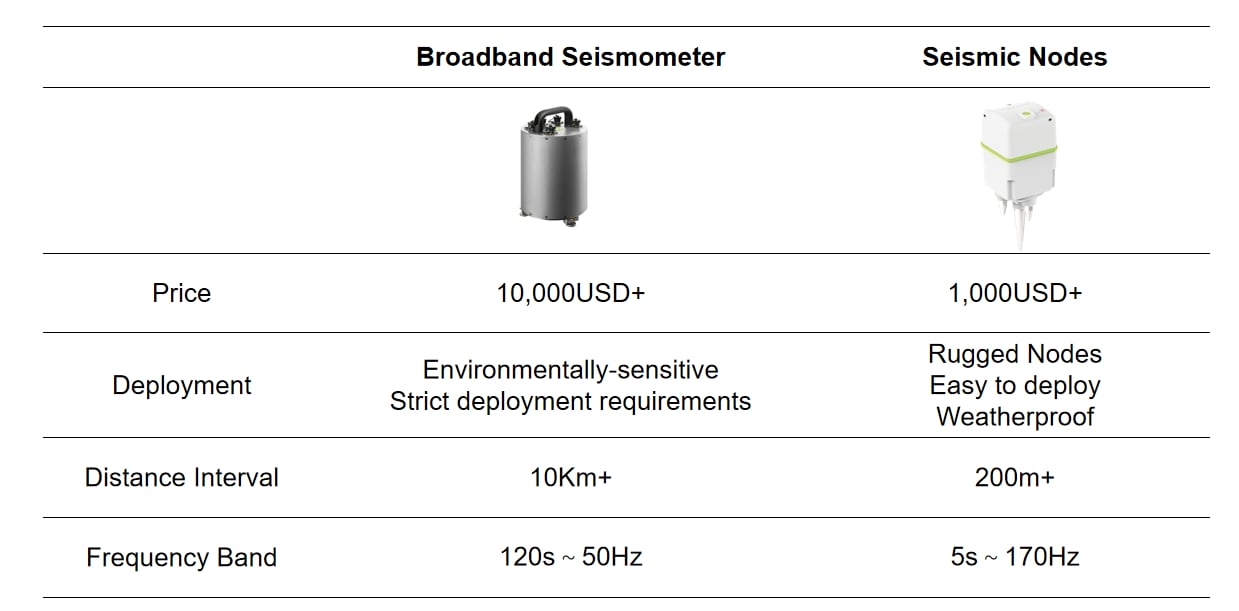
Experimental Setup
Station Deployment
- Four observation points in Hubei Province with existing National Broadband Seismometers.
- Instruments: National Broadband Seismometer and IGU-16HR 3C (5Hz).
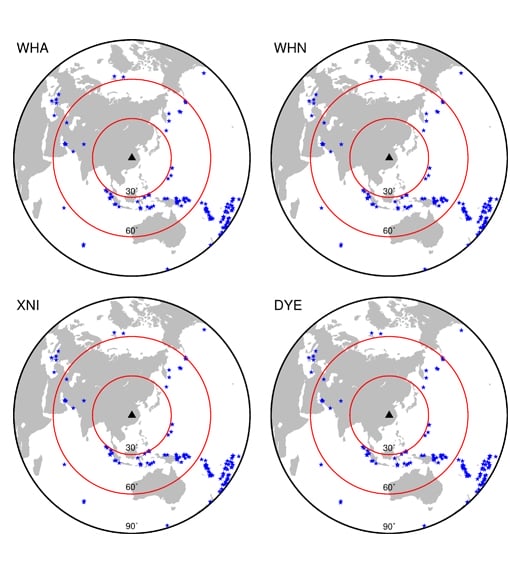
Observation Parameters
- Duration: February 2022 – May 2023
- Sampling Rate: 100Hz
Methodology
- Comparison of far-field P-wave absolute amplitudes.
- P-wave receiver function amplitude analysis.
- P-wave polarization value assessment.
- Ambient noise cross-correlation and phase velocity dispersion curve comparisons.
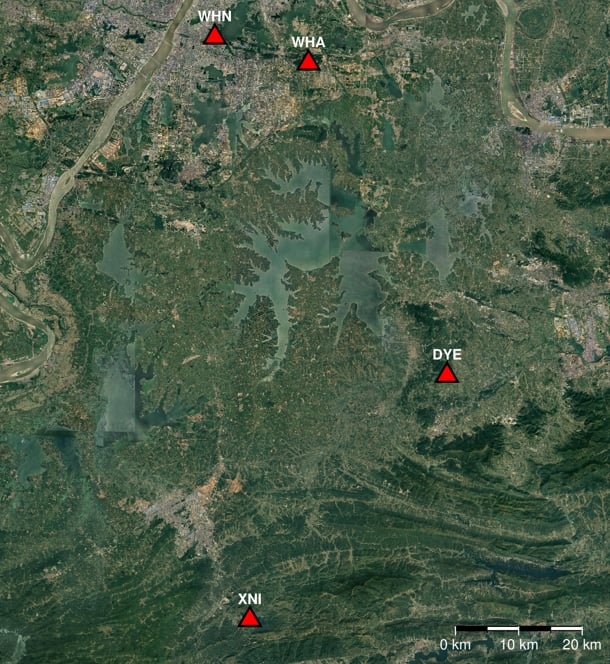
Key Findings
Far-Field P-Wave Amplitudes
The far-field absolute amplitude of P-waves recorded by the IGU-16HR 3C demonstrated:
- Good Consistency: Comparable results with the National Broadband Seismometer across multiple frequency bands (0.1Hz-3Hz).
- Minimal Time Offset: Within 0.02 seconds.

P-Wave Receiver Functions
- Frequency Range: 0.05-3Hz.
- Similarity: The amplitude and phase differences between the two instruments exhibited a standard deviation of less than 2%.

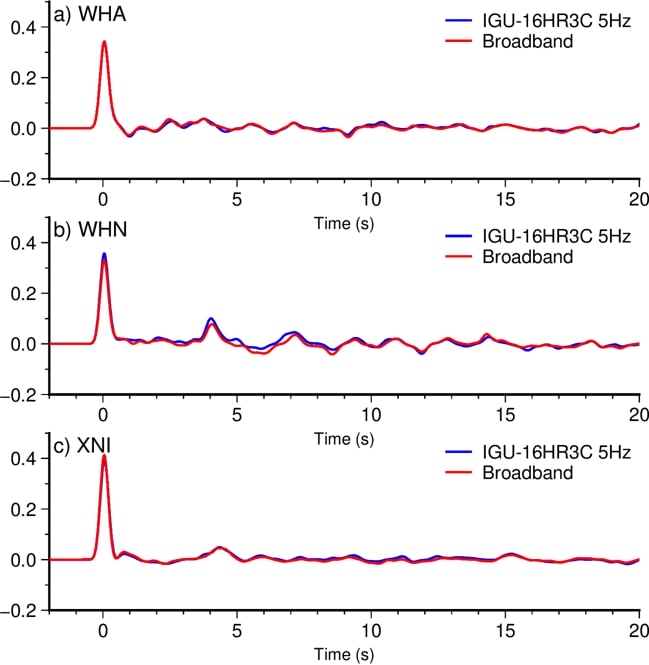
National Broadband Seismometer (Red) vs. IGU-16HR3C 5Hz (Blue)
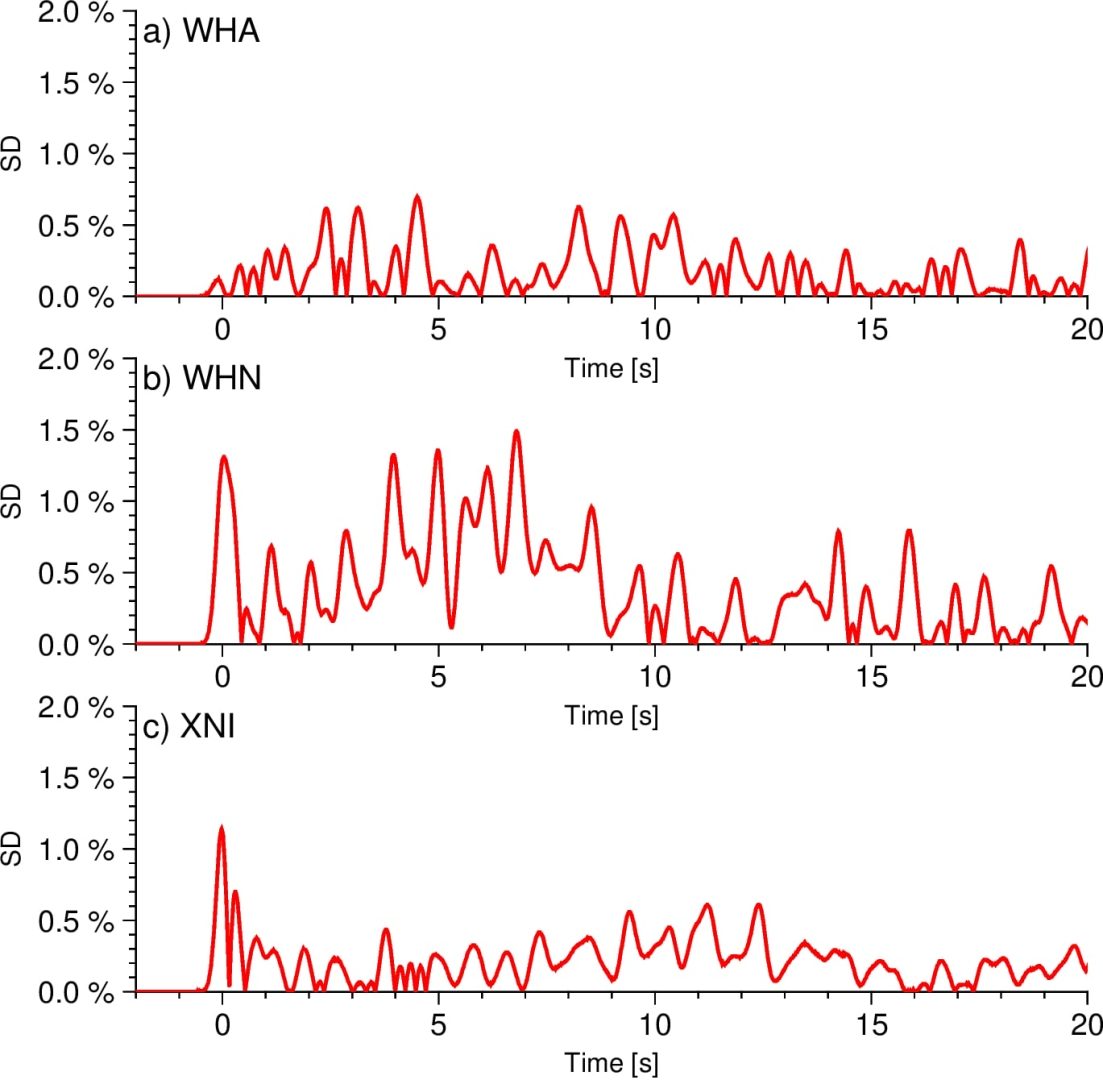
P-Wave Polarization
- Period: 0s-6s.
- Velocity Variations: Apparent S-wave velocity curves showed a maximum difference of 0.1 km/s with a standard deviation within 6%.
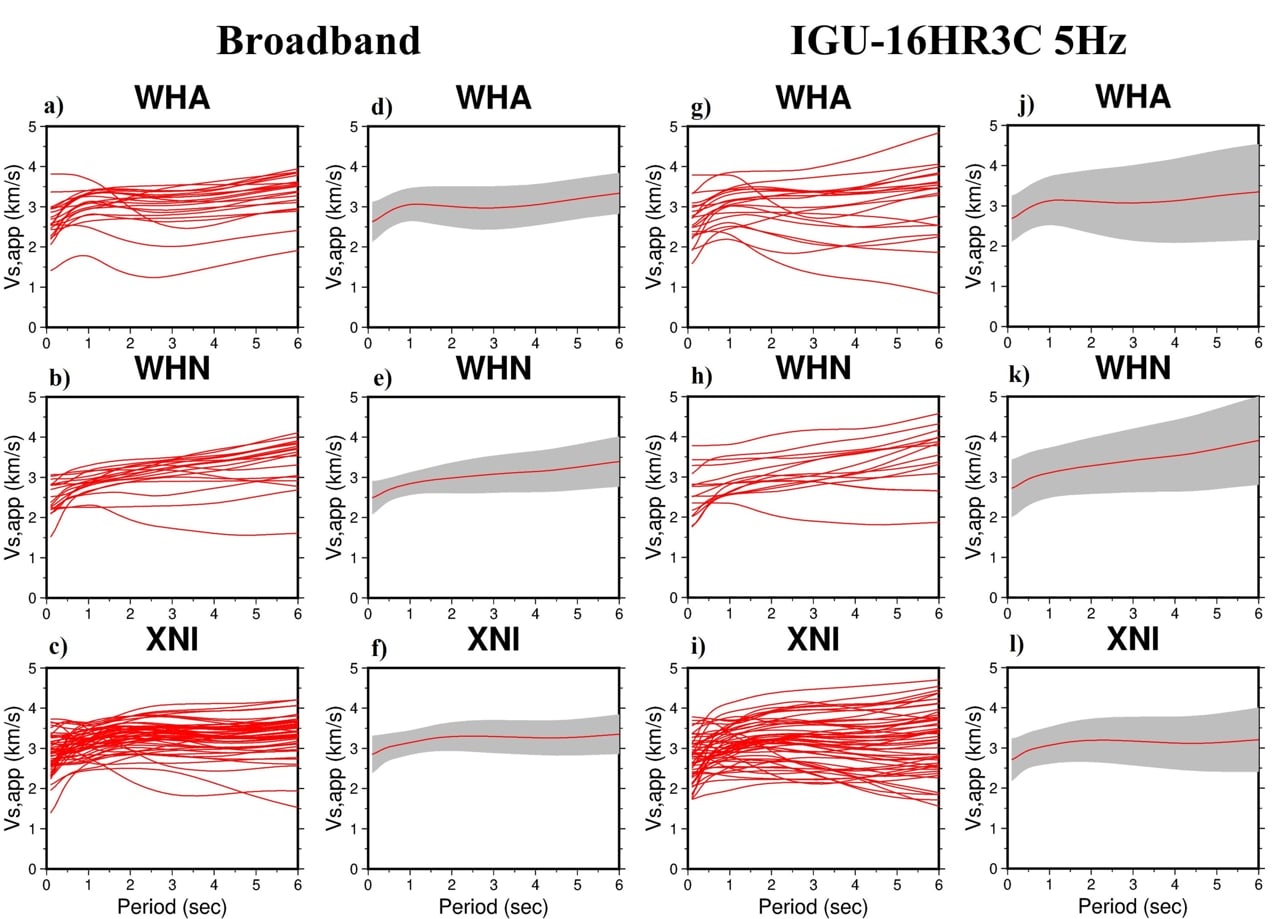
Figures d – f: The apparent S-wave velocity variations after stacking averaging by the National Broadband Seismometer;
Figures g – i: The apparent S-wave velocity variations for all events recorded by the IGU-16HR3C 5Hz;
Figures j – l: The apparent S-wave velocity variations after stacking averaging by the IGU-16HR3C 5Hz.

National Broadband Seismometer (Red) vs. IGU-16HR3C 5Hz (Blue)

Ambient Noise Analysis
- Cross-Correlation Functions: High consistency between the instruments within the 0.1-0.5Hz range.
- Phase Velocity Dispersion: IGU-16HR 3C data aligned well with the National Broadband Seismometer and regional reference curves.
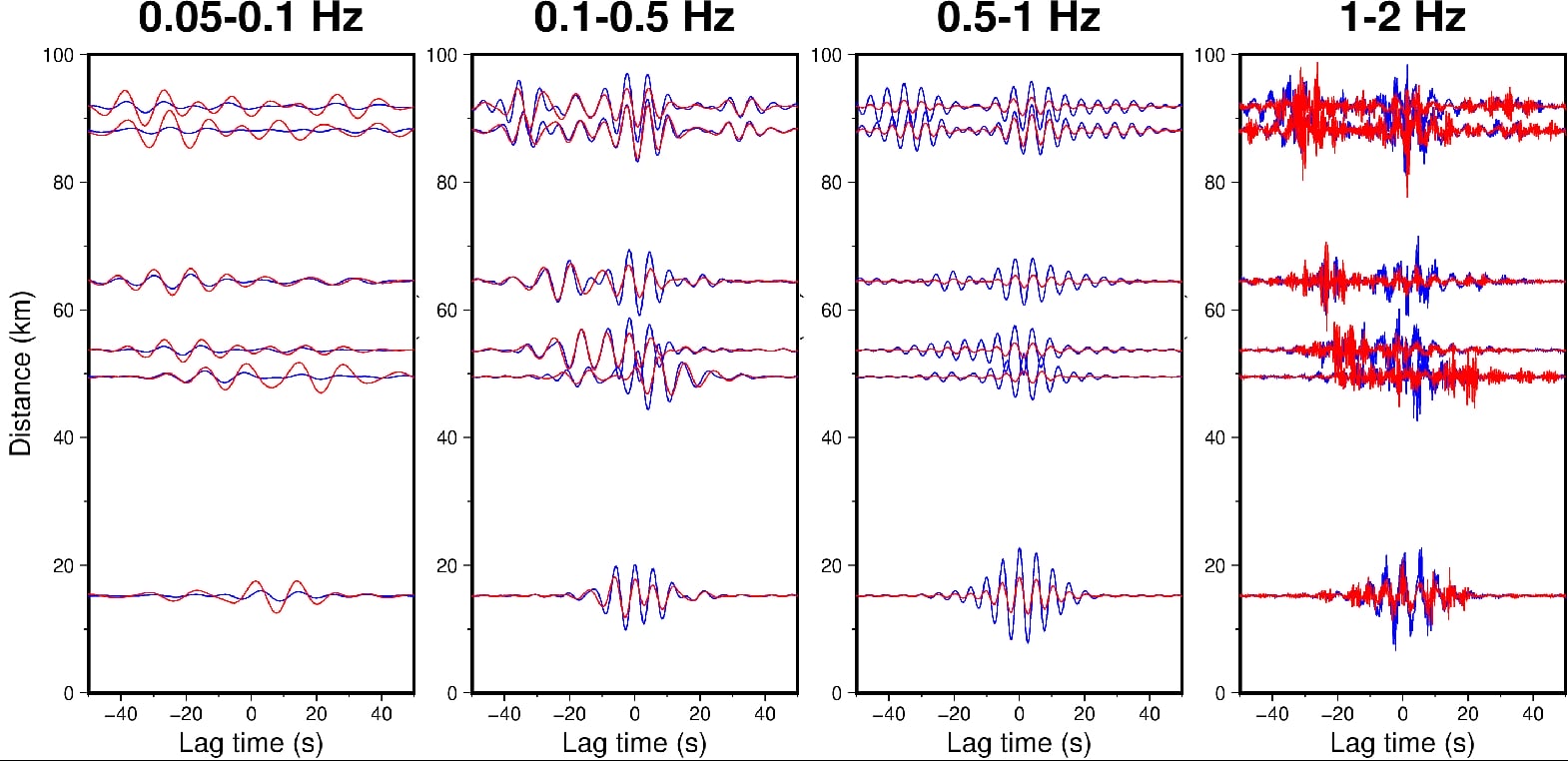
National Broadband Seismometer (Red) vs. IGU-16HR3C 5Hz (Blue)
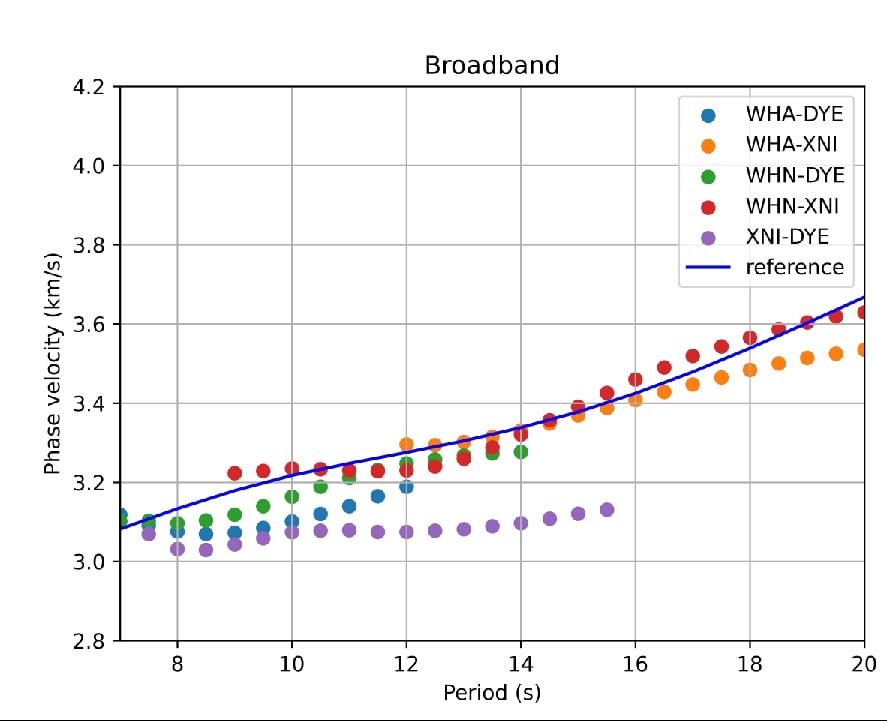
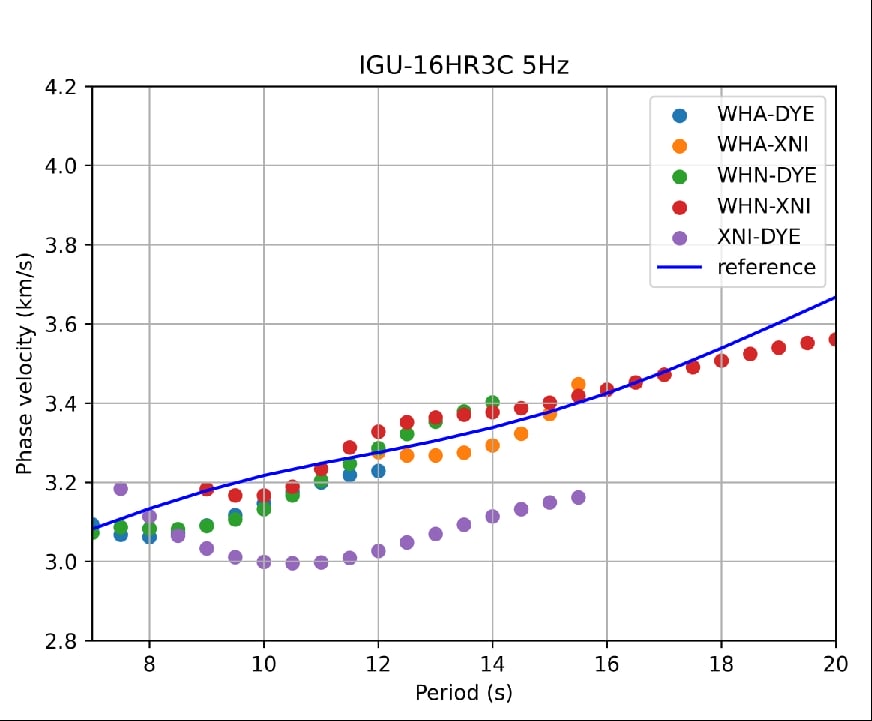
Reference phase velocity curve for the region (Blue)
Conclusion
The study underscores the reliability of SmartSolo IGU-16HR 3C short-period seismic nodes in seismic research:
- Consistency: Comparable performance to the National Broadband Seismometer in amplitude, phase, and velocity measurements.
- Efficiency: Cost-effective and suitable for large-scale, dense array deployments.
Short-period nodal seismometers, such as the SmartSolo IGU-16HR 3C, represent a significant advancement in seismology. With ongoing research and innovation, these instruments are poised to drive major breakthroughs in earthquake monitoring and seismic research.
